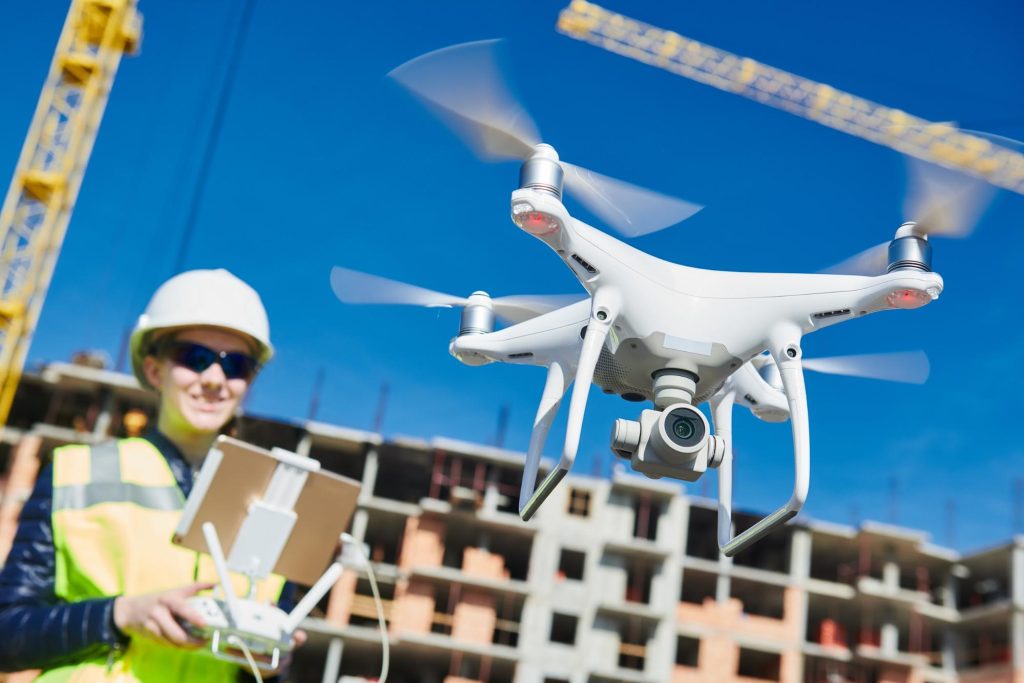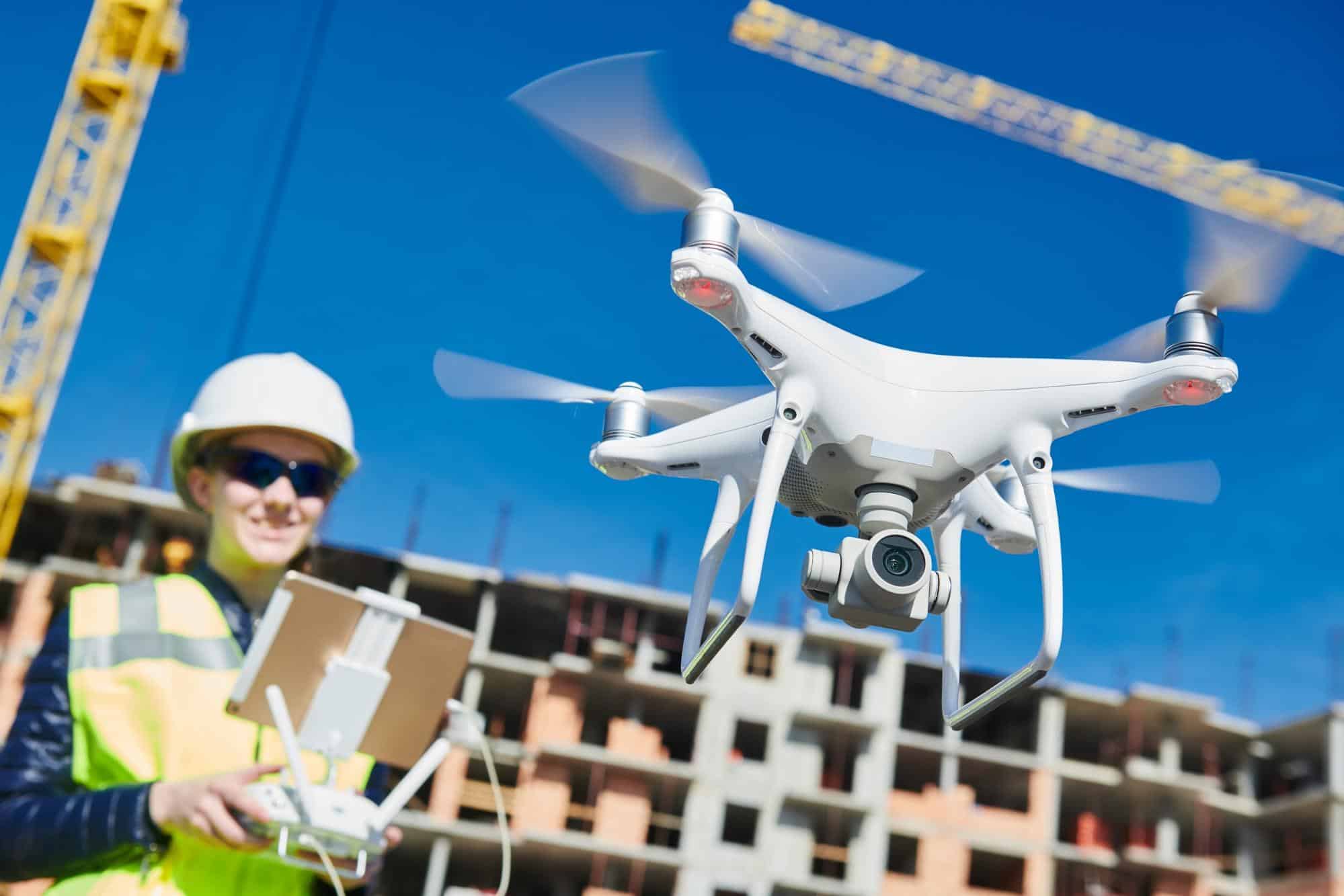If you’re planning on flying a drone to survey your site in Australia, you need to register with the Civil Aviation Safety Authority (CASA) beforehand. When flying drones for business the requirements differ depending on the craft size. CASA places drones into the following size categories:
- Micro (up to 250g)
- < 2kg drones (e.g. Phantom 4 RTK) are treated as Remotely Piloted Aircraft (RPA) in the “excluded” category
- > 2kg drones
While there are many types of drones out there, smaller quadcopters, like DJI’s Phantom 4 RTK, are usually all you need to survey your site successfully. However, all drones flown commercially must be registered with CASA no matter the size of the drone. These CASA requirements are detailed further in this help article.

To fly a drone under two kilograms for business, pilots require:
- An RPA operator accreditation
- Or a Remote Pilot License (RePL). Pilots with a valid RePL do not need to obtain the RPA operator accreditation. An RePL can be obtained by taking the official course and assessment.
- Drones must be registered with CASA. Registration is valid for 12 months.
To fly a drone greater than two kilograms for business, pilots require:
- A Remote Pilot License (RePL), which can be obtained by taking the official course and assessment.
- Drones must be registered with CASA. Registration is valid for 12 months.
- The company the pilot flies for must also hold a remotely piloted aircraft operator’s certificate (ReOC).
Notify CASA before you fly
Using that ARN, fill out the online notification form to let CASA know when you’re flying and where.
This notification lasts for three years before you have to renew. It’s great for long-term operations, like quarries and mines, but you and also let CASA know that you’ll be working in a given region as a civil contractor, too, if you’re flying multiple sites for different jobs.
Fly within standard operating conditions
When you’re doing a survey via drone, you need to follow the rules of the sky. Some of these rules are straightforward like fly only one drone at a time and don’t fly dangerously or in restricted areas, but others are more specific.
- No matter where you are, you can’t fly higher than 120m (400ft) above ground level.
- Don’t fly in controlled airspace or near areas where emergency operations are happening.
- Don’t fly within 30m (98ft) of people not involved in your drone operations or surveying. So you can’t fly over festivals, populated beaches, parks, etc.
- Keep at least 5.5km (3.4mi) away from controlled aerodromes. (These are usually the ones with a control tower.) Pay particular attention to approach/departure lanes, and always check the Can I Fly There? app beforehand. Should your site be located within that radius, there are special circumstances where you can fly nearby.
If you want or need to operate outside of those conditions, there is more regulation. A business requires their ReOC and, as an individual, you’d need to get your remote operator’s certificate (RePL). (Find out how here.)
But in our experience only about one in 20 people actually need to go that far. The ARN is usually sufficient for most site drone programs, so get registered with CASA today and start flying your site today.



